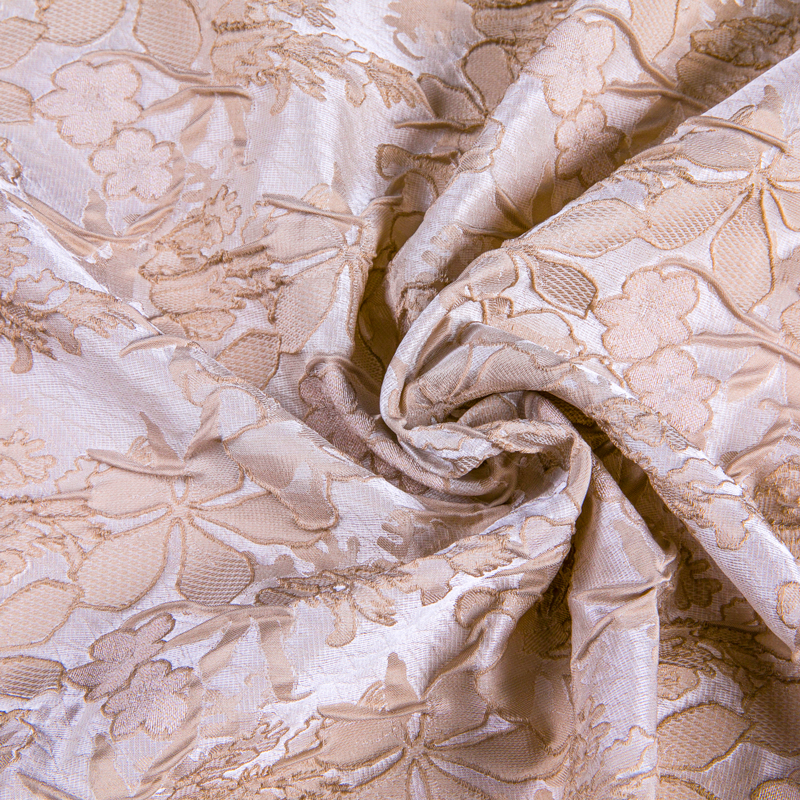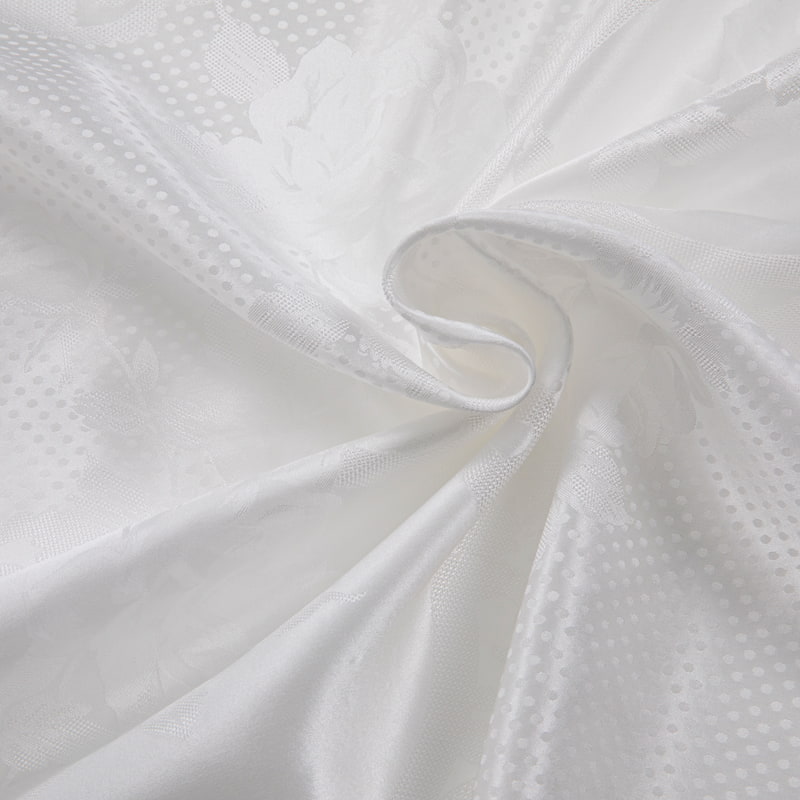In the ever-evolving world of fashion and textiles, the emergence of new specialty geometric-looking fabrics has not only attracted the attention of designers and consumers with their unique aesthetics, but has also been praised for their environmentally friendly and sustainable credentials. With intricate geometric patterns and a contemporary look, this innovative fabric is a testament to the union of aesthetics and sustainability.
The production process of this new geometric fabric often uses environmentally friendly manufacturing techniques. Manufacturers are increasingly adopting sustainable production methods, such as using renewable energy and implementing waste reduction strategies. This not only reduces the fabric’s carbon footprint but also ensures its production complies with environmental best practices.
Additionally, the materials used to create this fabric are often sourced from sustainable and renewable resources. This could mean using organic cotton, bamboo or recycled polyester, among other sustainable alternatives. By combining these materials, the geometric-looking fabric not only maintains its unique aesthetic, but also contributes to a circular economy by reducing waste and promoting recycling.
The durability and longevity of the new special geometric appearance fabric contributes to its sustainability. This fabric is typically designed to withstand repeated laundering and wear, reducing the need for frequent replacement and thereby minimizing textile waste. Its resistance to fading and deformation ensures that it retains its geometric patterns and vibrant colors over time, further enhancing its sustainability.
Designers and brands using this new fabric often promote a responsible consumption mindset. They encourage consumers to value product quality and durability rather than constantly chasing new trends. Shifts in consumer behavior, coupled with the use of sustainable materials and production methods, create a virtuous cycle that benefits the environment and the fashion industry.
The new special geometric appearance fabric is not only a visual enjoyment; It is also a powerful symbol of environmental responsibility and sustainable development. Its eco-friendly production methods, sustainable material sourcing and long-lasting durability make it a viable option for those looking to make greener choices in fashion and interior design. This fabric represents a step in the right direction as we move towards a more sustainable future.


 EN
EN 

 English
English Español
Español




